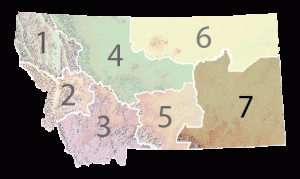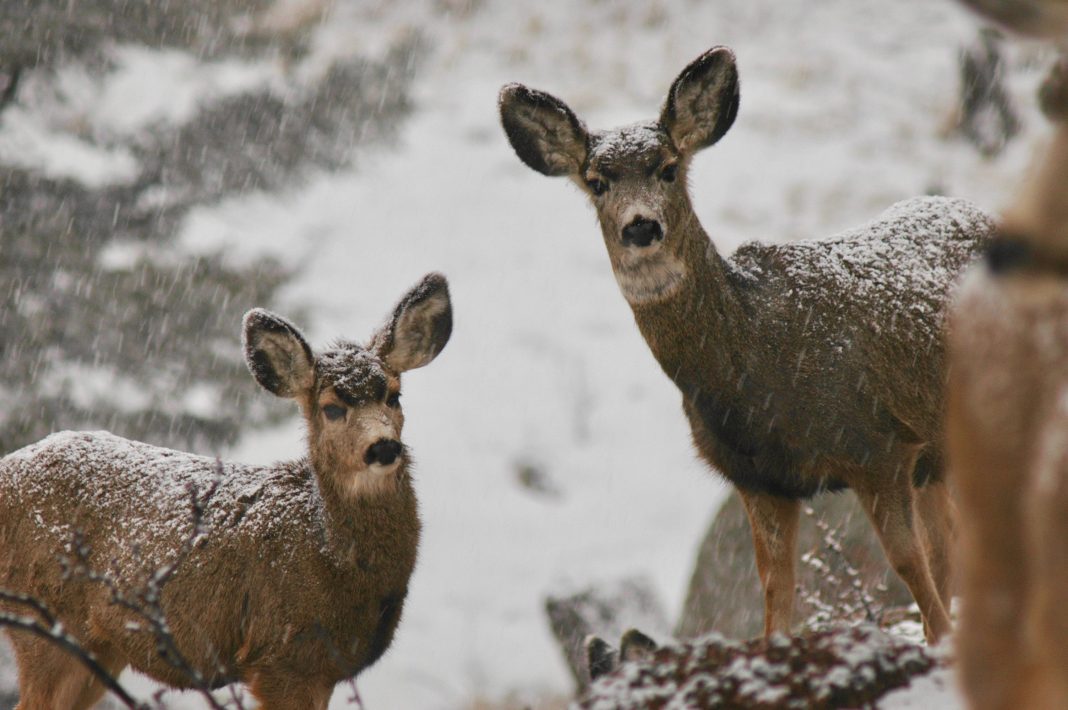MONTANA DEER SURVIVE HARSH LATE WINTER
The 2019 winter and spring aerial surveys of deer populations in Montana Fish, Wildlife & Parks’ Region 7 revealed above long-term average numbers for both mule deer and white-tailed deer.

“We had abundant precipitation last spring and summer, which made for excellent forage conditions and deer going into winter in good body condition,” said Wildlife Biologist Melissa Foster. “The winter was mild up until February, when we got about six weeks of bitter cold and snow. Seems like most deer had enough ‘gas in the tank’ to make it through to spring green-up.”
FWP received no reports of widespread winterkills of deer.
“Mule deer are looking good,” Foster said of the most recent surveys. “They are 5 percent below last year but still 27 percent above long-term average.”
Foster determines long-term average by tracing survey data back to the 1996-97 season and harvest figures back to 1976.
For mule deer, biologists conduct aerial surveys of between 14 and 16 trend areas in Region 7, during the post-season and again during the “green-up” spring months.
Surveys show mule deer population density in Region 7 has been increasing since about 2012, when deer numbers began to rebound from a crash following back-to-back bitter winters. In 2015, deer reached the highest density recorded since 1976.
The recruitment rate for mule deer fawns is also solid, climbing steadily since 2010.
“We are sitting at 56 fawns per 100 adults,” Foster said. “Similarly, mule deer buck harvest is 15 percent above long-term average.”
Buck-to-doe ratios dropped from last year’s 48 bucks per 100 does but remain at a strong 34 bucks per 100 does.
Whitetail populations aren’t quite as robust as mule deer, but numbers are still above average.
“Whitetails took a little dip this spring, with counts 26 percent below last year, but still 12 percent above long-term average,” she said. “Whitetail buck harvest was 3 percent below LTA last fall. Recruitment is still good at 54 fawns per 100 adults.”
“All in all, I’d say whitetail numbers are about average for our neck of the woods, and as is typical for whitetails, numbers are booming in some spots and way down in others, on a very localized scale,” Foster summarized.
Buck-to-doe ratios for whitetail are at 29 bucks per 100 does. That compares to a whopping 71 bucks per does last year, but Foster said those buck numbers were “abnormal and super high.”
This news release can be found at Montana Fish Wildlife and Parks website.















